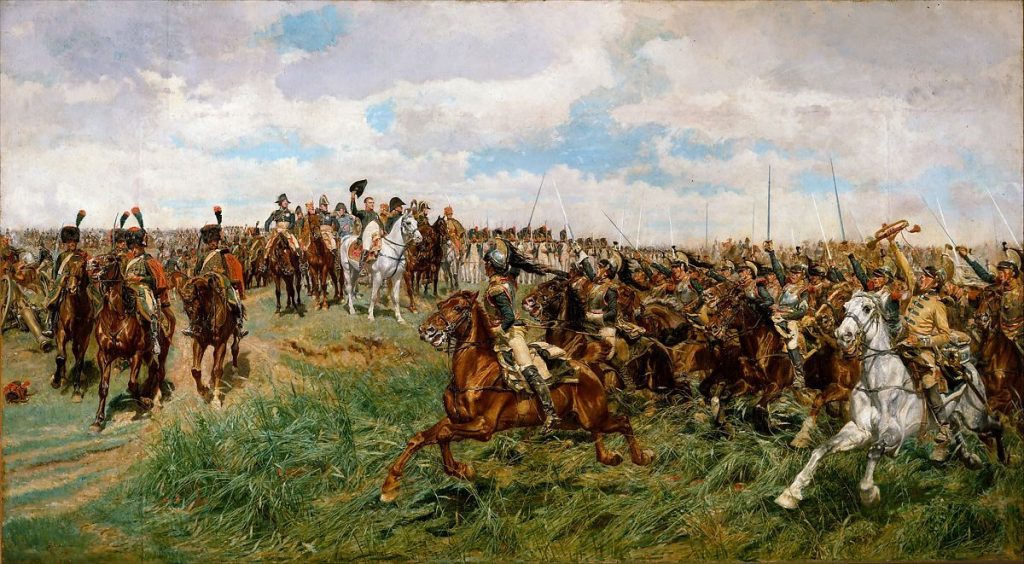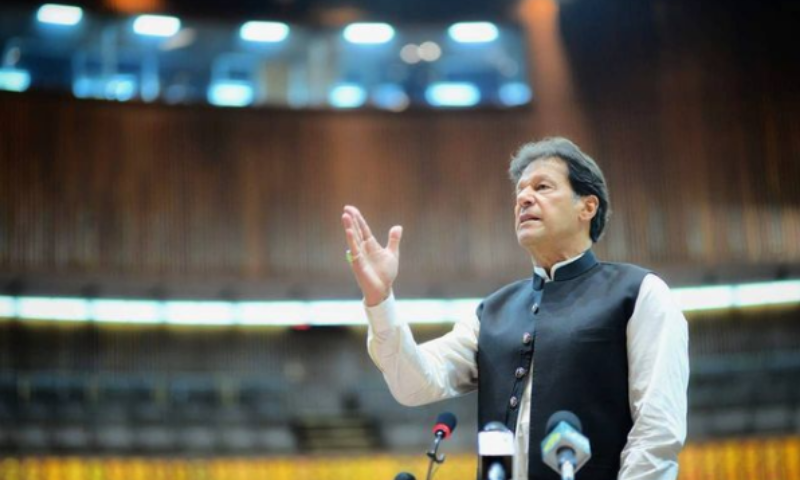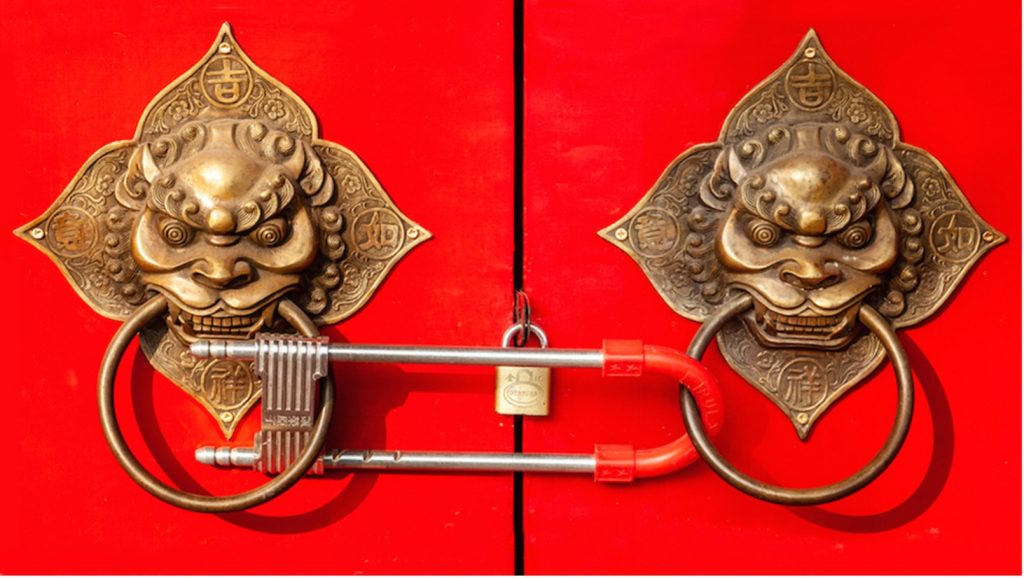By: Igor Shchebetun and Alessio Calzetti
Six years after Crimea's annexation to Russia, the Peninsula faces a new threat - a serious shortage of water. Ukraine has cut off Crimea's access to the Dnieper River, and in recent years Crimea's water supply has fallen to such an extent that major cities are now limiting consumption, as 2020 was considered the most waterless year in the history of Crimea. The impending drought is already hurting agriculture, cities and preventing the use of military infrastructure; Crimea can be expected to see more severe restrictions in future. The speculated water wars of the twenty-first century might start with Crimea.
The Crimean Peninsula has great strategic importance due to its link to the Black Sea, therefore, whichever state controls Crimea, can exert influence beyond its national borders. The Crimean Peninsula has been a foothold for the empires of the past such as the Scythians, Greeks, Slavs, Mongols, Tatars, Turks, and Cossacks, all have claimed the Peninsula at different points in history. Russia gained control of the Crimea in 1783, and it instantly became its gateway to the world economy. During the Soviet era, Crimea was given to Ukraine, and when the Soviet Union collapsed, Ukraine inherited the region. However, Ukrainian sovereignty proved to be a temporary phenomenon that lasted only from 1991 to 2014. In 2014, Putin signed a law that accepted Crimea as part of the Russian Federation despite the risk of an economic and diplomatic backlash because of the annexation. The move remains legally disputed and not recognized by the international community.
In this zero-sum game, Russia is likely to do all it takes to preserve its national interests. The control of the Crimean Peninsula ensures the security of Russia's Black Sea coast and Caucasian territories. Moreover, Russia can use Crimea to protect its territorial integrity and security by means of restricting, denying access and maneuvering prevent the enemy from occupying or crossing land territory or airspace in and near Crimea.
Sevastopol, Crimea's largest city, has a significant Russian population and also home to the Russian Black Sea Fleet. Without Sevastopol, Russia would not have been able to conduct foreign military operations in Syria and Libya. Moreover, the military infrastructure in and around Sevastopol provides Russia with exceptional opportunities to restrict and deny access and maneuver.
Annexation has brought the added responsibility of providing for the two million inhabitants of Crimea with all possible services and benefits. However, since the Peninsula is not directly connected to the main territory of the country, the initial goal was to maintain the existing Ukrainian infrastructure: power lines, energy distribution system and so on, which could not materialize when Kiev cut off the Peninsula from its infrastructure.
Russia laid new cables across the Sea of Azov and provided Crimea with new sources of energy and communications. In addition, a new bridge was erected over the Kerch Strait, making road and rail connections between the main territory of Russia and the Crimean Peninsula possible. Though Russia stepped in, it was unable to meet Crimea’s water needs. Crimean local water sources meet only 15% of consumption. The remaining 85% came through the North Crimean Canal, which runs through Ukraine.
The North-Crimean Canal takes water from the Dnieper. It pumps billions of cubic meters of water to Crimea every year. The Dnieper itself originates in the Smolensk region of Russia, so, legally speaking, the Dnieper is an international, transboundary river running through Russia, Belarus and Ukraine. However, after the annexation, Kiev suspended the flow of water from the Dnieper.
Politicians from Moscow held several stages of negotiations trying to persuade their Kiev counterparts to resume the flow of water through the canal, claiming that Ukraine's actions were illegal and inhumane. At the same time, it is not very fair of Russia to reason about international law after annexing territory of another state. The Ukrainians, however, did not give in, and this political stalemate created a looming drought for Crimea.
As of today, Crimea relies on only one thing to provide itself with fresh water: precipitation, an element it has no control over. Even rainfall in the Crimea has decreased significantly in recent years due to climate change. Since the beginning of last year, local water reservoirs have emptied by one-third, and 2020 was the driest year since rainfall records began about 150 years ago.
The result of this drought is significant: two-thirds of the Peninsula is severely water-stressed. In north and east of the Peninsula, people have started to relocate. According to Russian statements, the population of Crimea has almost doubled by 2020, and part of this increase is due to the migration of Russians. The greater presence of people helps consolidate Russian control over Crimea, but it has also doubled the need for water resources.
The migrants from Russia in addition to the new infrastructure has put a serious strain on water supplies. Water shortages have increased in proportion to population growth. Taking agriculture as an example, during the best period of the Soviet Union, about 400,000 hectares of Crimean land were cultivated. By 2013, after years of mismanagement of water, the amount of cultivated land had dropped to 140,000 hectares. In 2014, when Russia gained control of Crimea, that number dropped to a modest 17,000 hectares. Based on this data, Crimea's agricultural sector has shrunk by a factor of 8 since joining Russia, and by a factor of 23 from its highest point. The local farmers have been forced to stop growing crops like rice and soybeans, which consume a lot of water. The Russian leadership calls this ecological adaptation, but it is a sign of decline at best.
Though Crimean water shortage was inevitable, the Russian annexation exacerbated the problem. Moscow has developed a plan to counter Crimea’s water crisis which is set to be fully implemented by 2024. Russia plans to build new dams, new desalination plants and drill new wells to extract water from the ground. It also intends to build new water pipelines and connect the Crimea to the Don and Kuban. There is even a plan to use airplanes to artificially increase rainfall, but this is only a temporary solution. It is unknown what the ultimate cost of this is, but Russia has already earmarked at least $650 million for the plan.
However, due to the illegal annexation, the execution of any project in Crimea can only be done by Russian companies, as international partners would not risk doing business in Crimea. This creates difficulty in executing the Moscow plan for Crimea as, for example, building a desalination plant requires support of international partners and Russia itself never invested in desalination technology due to lack of need.
If the plan to provide water to the Crimea does not work, Moscow may switch to more radical measures. Depending on the criticality of the water situation, Russia could either destroy the Ukrainian platypuses on the Dnieper River, blocking the flow of water, or try to occupy more territory in southern Ukraine along the North Crimean Canal. Such a military operation would force Russia to entrench itself about 60 kilometers from Crimea near the banks of the Dnieper River. Neither of these actions will be easy. Russia will use troops only if any other options are completely exhausted. However, wars have also been started for lesser reasons. Geopolitics is the art of choosing the unpleasant to avoid the disastrous.



